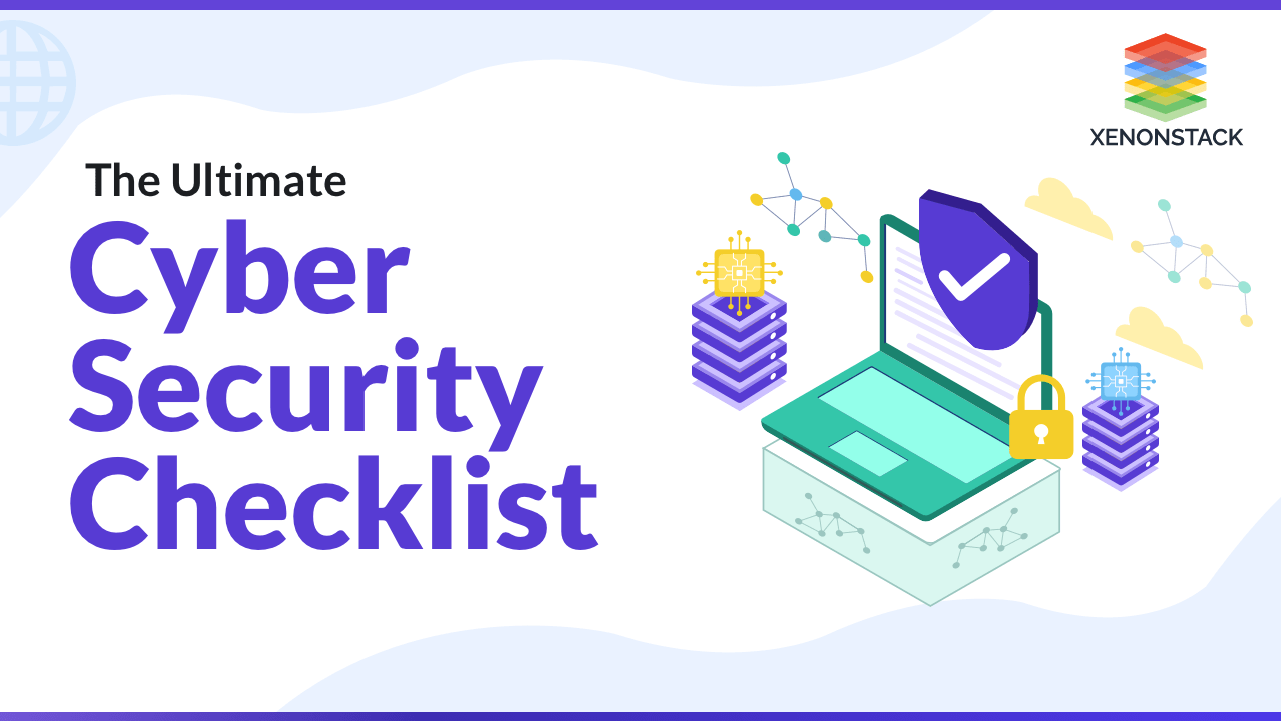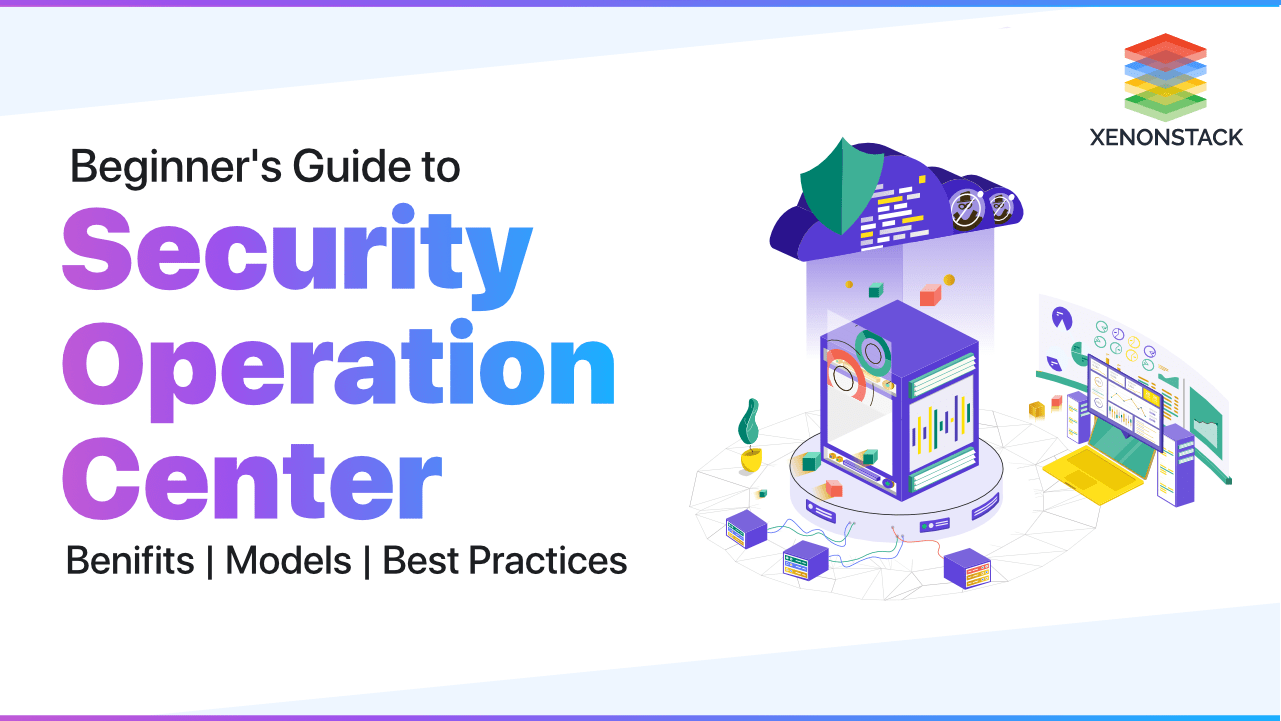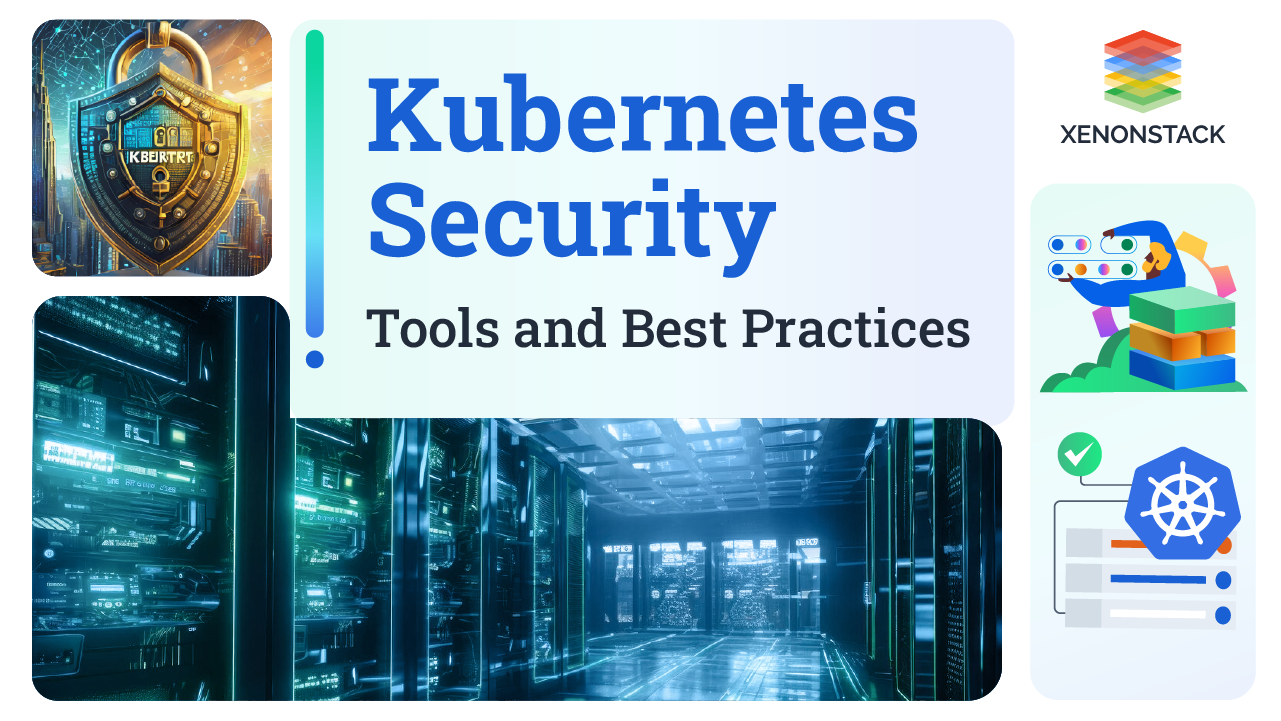
Introduction to Cyber Security
Cyber security has gained importance over the years and has become a part of everyone's life. When any data is submitted online by users, it instantly becomes vulnerable to cyber-crimes or cyber-attacks. Cybercrime is one of the fastest-growing and most significant categories of crime that can affect the infrastructure and data within the enterprise that can cause damage to the business of the organization. Here we summarize the importance of cyber security and how you can protect your organization against cybercrime.
What is Cyber Security?
Whenever new opportunities are created, Hackers will always be there to exploit them for their own gain. Cyber security is the process of protecting the networks, computer systems, and programs from any cyber or digital attacks. In today's digital world, hackers continuously attempt to breach systems and manipulate employees to get confidential information by driving the attacks like phishing. Cyber security maintains the confidentiality, availability and integrity of computer systems. The main aim of cyber security is to protect the organizations' assets from both internal and external threats.
Why is Cyber Security Important?
Today, the Internet plays a crucial role in everyday life and allows hackers to exploit in more possible ways. Therefore, maintaining the speed of the Internet is as important as maintaining its security. Most commercial transactions, business deals, private information, human interests and emotions are processed online. Cyber security is one of the fastest-growing tech fields in IT sectors and in health, banking, educational, military, government, and public sectors. Even governments across the globe are introducing new cybersecurity laws and policies to prevent confidentiality, integrity and availability of data and services.
In every sector, cybersecurity has its importance to secure companies' data. Training employees with proper knowledge and following security policies are necessary to prevent insider attacks. Recruiting cyber analysts for the company's security can help not only in identifying threats but also in the incident response process. System security professionals must investigate the incident and implement countermeasures to prevent attacks.
Why is Cybercrime Increasing?
Cybercrime is not new, but with the increase in the number of users on the Internet, relying on technology, remote working, etc., will automatically increase the risk of cybercrime. Due to covid, many organizations are getting more vulnerable to cyber-attacks for the following reasons:
Relaxed control environments
Revised processes and procedures
Changing employee workforce profiles
50% of data breaches and information leakage happened unintentionally due to employees' negligence. Click here to know the Impact of Insider Threats in Cyber Security
How to Protect your Organization Against Cybercrime
All organizations are vulnerable to Cyber Threats. You can't eliminate them. Still, you must take action to strengthen your organization's cybersecurity posture and mitigate risks.
The provided checklist explains the key issues that a business must deal with and should be implemented where appropriate across the entire suite of internal policies.
Determine Potential Areas of Concern
Cyber security often doesn't rank on the top concerns of many business owners, leading to the loss of confidential data. Therefore, you must be sure that your organization is ready and updated with the challenges regarding cyber security and new vulnerabilities. A discussion with your security team must address security loopholes and determine other areas of concern.
Train End-User on Cyber Security Awareness
With the increase in the number of users on the Internet, the risk of cybercrime is rapidly increasing. Therefore, it's crucial to provide regular training to your employees on the latest cybersecurity threats. COVID-19 has given rise to phishing and ransomware attacks, and many organizations have become victims of these attacks, revealing organizations' sensitive information. Therefore employees should undergo cybersecurity training that focuses on mitigating potential threats. Also, they should be adequately trained for not opening the emails or clicking links in emails if they are from unknown senders.
Enable Auto Updates for Operating Systems
The most crucial action you can take to minimize or remove vulnerabilities is to keep your operating system's up-to-date. It is challenging to check systems for newer versions of operating systems, So organizations must enable automatic updates to reduce the risk of a breach. Additionally, if your systems are updated, your operating system will detect and remove any malicious software that has been installed.
Use a Strong Password Manager
Organizations should use asecret manager to ensure the robust protection of all the existing and expired passwords and keys. That will store your passwords and encrypt them, which prevent unauthorized users from gaining access to your secrets. Also, make sure that your passwords are changed from the defaults. Where possible, implement Multi-Factor Authentication to enhance your security.
Develop Cyber Attack Incident Response Plan
Incident Response Plan includes the process of how an organization should handle a data breach or cyber attack. At a minimum, organizations should have a clear incident response plan. It is a critical requirement in many organizations. It makes it easier to respond to and recover from cybersecurity incidents. This plan should be updated regularly based on experience, research, and training.
Use Secure Connection
Only permit secure connections for device management. Employees' devices should only connect to the corporate network, i.e. they must not connect to the public Internet. While Work From Home, make sure employees are connected to VPN while accessing the company data.
Access Control
Organizations must follow the principle of Least Privileges in which every employee should have access to a minimum number of resources that are required to do their work. If the user has access to sensitive information, the exposure of that information can occur accidentally or deliberately, leading to damaging consequences.
Disaster Recovery
Disaster Recovery planning should be done so that you're prepared for potential disasters and can quickly respond to them and get easily recover from the event that can harm your business. Organizations must perform a deeper analysis of their infrastructure with a document prepared that can be used in a time of crisis. An organization must ensure that every employee should know their role and backup responsibility in any potential scenario.
Enable Auto-Lock for Company Devices
The most crucial action you can take to minimize or remove vulnerabilities is to keep your operating system's up-to-date. It is challenging to check systems for newer versions of operating systems, So organizations must enable automatic updates to reduce the risk of a breach. Additionally, if your systems are updated, your operating system will detect and remove any malicious software that has been installed.
Physical Security
You must follow the following ways to avoid Physical Security Threats:
- Lock Server Rooms
- Place the Server Room under Surveillance
- Secure Workstations
- Add a Layer of Security to Portable Devices
- Secure the Backup Files
- Disable USB Ports
- Secure Company Printers
Conduct Internal and External Vulnerability Scans
It is recommended to conduct regular vulnerability assessments scans to detect new risks. Software and Systems should be audited regularly. These scans can be performed using tools that can be integrated into your environment and provide recommendations to mitigate the risks.
Limit Network Administrative Access
Limiting the number of network administrators for the network devices will decrease security risk, and the organization will have more visibility over its devices. Employees outside the organization won't be able to change any details about the network. They are also not allowed to install any other applications that can harm the organization.
Securing Data Backups
Regularly take the backup of your data to an encrypted and secure location so that users must be able to take the backup to recover from a cyber attack or other natural disasters. You should review your backups regularly to verify that the data is updated and can be recovered whenever required.
Device Security
A strong Bring Your Own Device (BYOD) security policy should be integrated with overall IT security and acceptable use policies. Also, remote-wipe capability and disk encryption must be implemented on all company devices to make them useless if stolen or lost.
Dispose Data and Equipment Securely
Devices should not be thrown out when they are no longer in use. The devices might contain sensitive information; therefore, the hard drive must be formatted entirely and electronically recycled. If your hard drive is not physically damaged, Still there are some chances of complete data recovery.
Antivirus Updates
Simply having an antivirus on your devices is not enough. They may not protect you from the new viruses. Antivirus software had to be updated as they provide the newest information regarding spyware, malware, ransomware, and other viruses to the employee devices.
Secure Communication
Employees use emails for regular communication; therefore, they are always at risk. You should set up a messaging server or email encryption for the communications. Always try not to share sensitive information via email and never open your emails outside the company devices.
Conclusion
Cybercrime can affect the infrastructure and data within the enterprise that can cause tremendous damage. With the increase in the number of users on the Internet, relying on technology, remote working, etc., will automatically increase the risk of cybercrime. You must be sure that your organization is ready and updated with the challenges regarding cyber security and new vulnerabilities.


